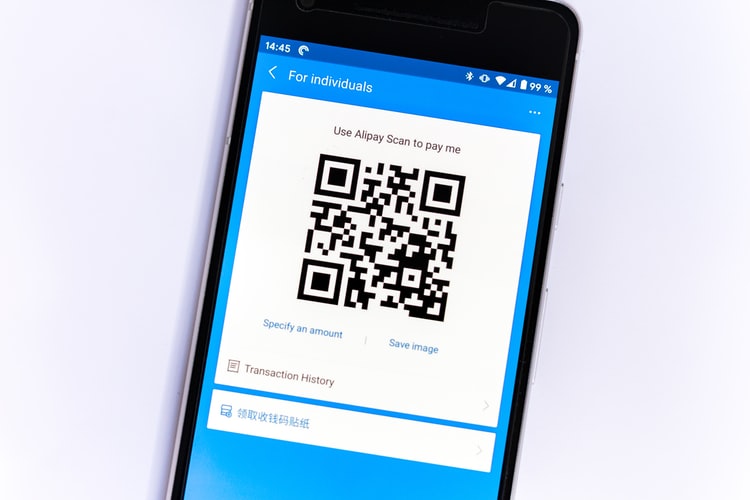
Payments require constant monitoring. One of the most effective procedures is payment reconciliation. With its help, you can make sure that payments were made and the data on them was correctly processed by all participants in the transaction.
Performing payment reconciliation is important because several financial factors enable you to perform this. The method of accounting data is enhanced via payment reconciliation.
What is reconciliation for?

The main task that the payment reconciliation should solve is to verify the data balance. If everything went well, then the reconciliation shows a match; if an error occurs, the reconciliation determines which data does not match.
Today, many online financial platforms allow you to perform the reconciliation procedure not only manually but also automatically. The frequency of the checks is set by the users themselves. The more transactions a company or institution has, the more often it needs to use reconciliation.
The convenience of universal reconciliations

Any verification can be done manually, but it is obvious that it is extremely tiresome work. In addition, the human factor is always a source of numerous mistakes when performing monotonous, hours-long work.
Automatic reconciliation is free of such shortcomings. Modern Internet platforms provide their customers with the ability to conduct this operation in real-time almost instantly with any currency. The main advantages of automating the reconciliation procedure are as follows below:
- tedious manual work is eliminated;
- accidental mistakes are almost completely excluded;
- the processing of accounting information is improved;
- easier planning of further income and expenses;
- a clear picture of the relationship and effectiveness of all types of payments is given;
- identification of problem areas that require increased attention.
Deferred Automatic Reconciliation

A procedure such as deferred automatic reconciliation allows for the following:
- refunds of payments made earlier;
- refunds to the payer’s card due to low-quality goods – chargebacks.
The risk of any type of fraud is minimized, which significantly increases the security of the business.
Services include the storage of data on payments and other transactions. This allows partners to use the information for further business operations.
Another convenience of using specialized platforms is that they support all types of reconciliation:
- by providers;
- by banks;
- by clients;
- by companies.
The solution for the reconciliation task becomes simple and fast.
Having clear information about the status of payments, the ability to conduct a quick examination at any time increases the efficiency of further investments.
The Final Thoughts
The main purpose of reconciliation is to visually demonstrate the current situation with transactions. Reconciliation clearly shows what was completed and what was not and what the result is. If any of the transactions did not reach completion, the reconciliation reveals the reasons. In this case, partners can take the timely measures necessary to normalize the situation and bring transactions to an end. However, if you have any doubts about the same, you can mention them below.
Read Also:






